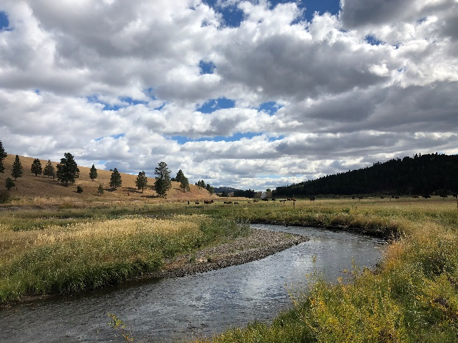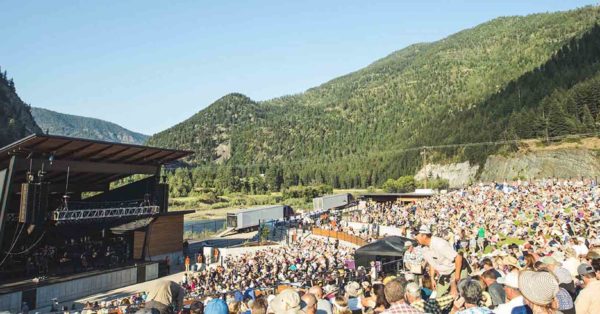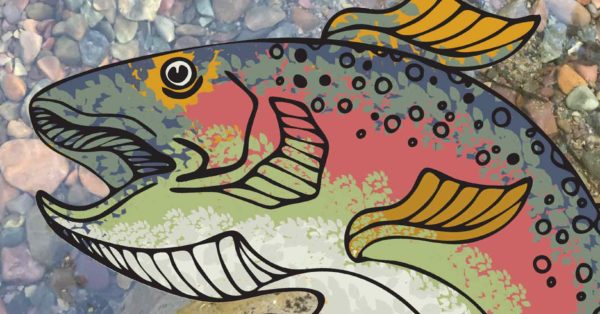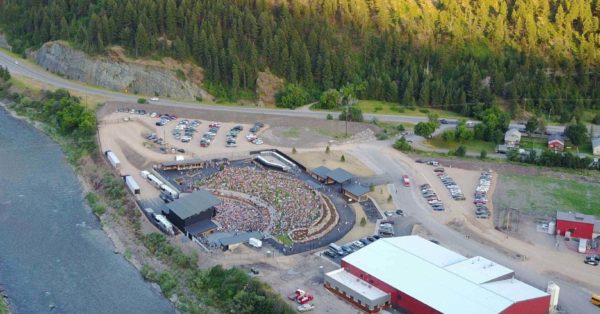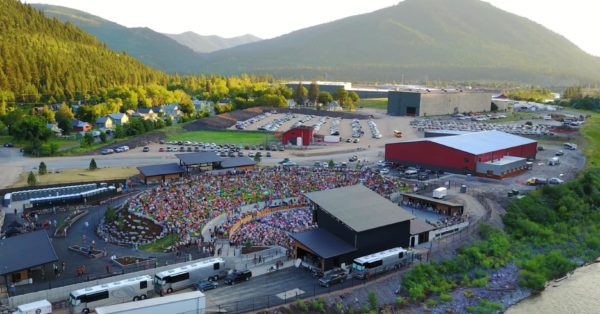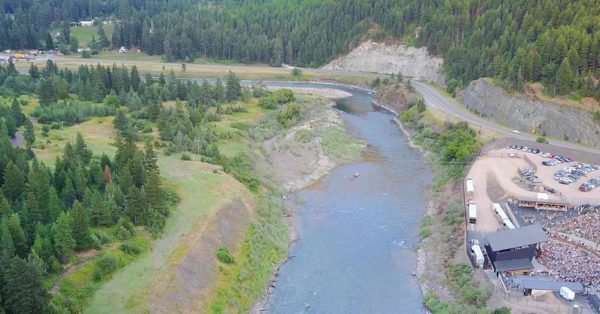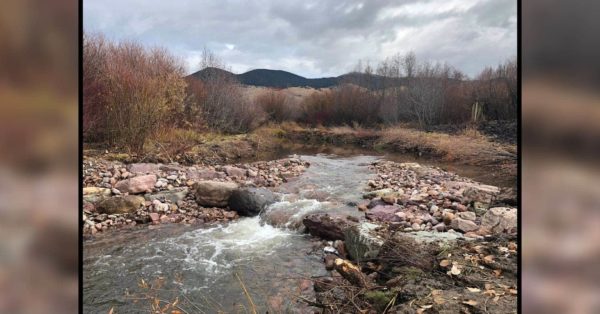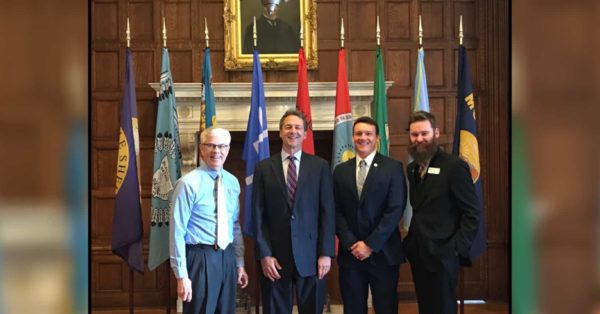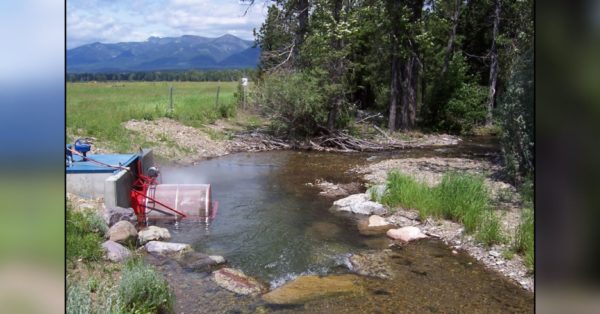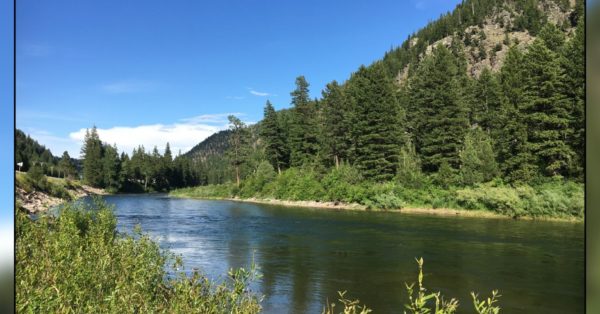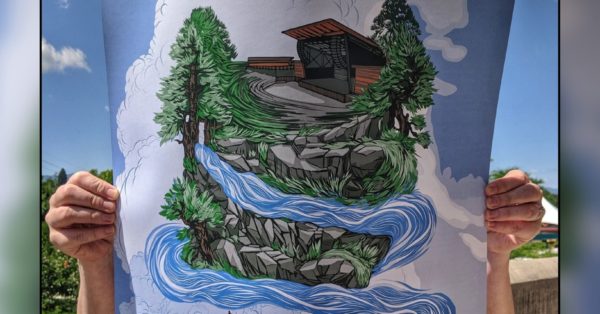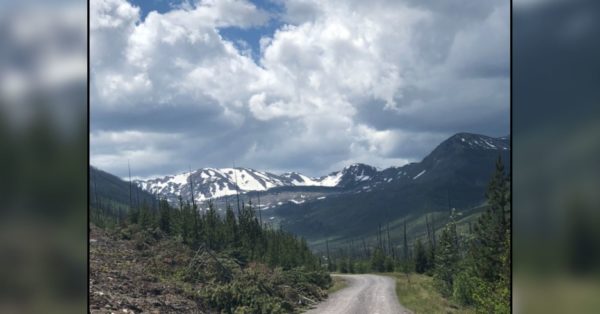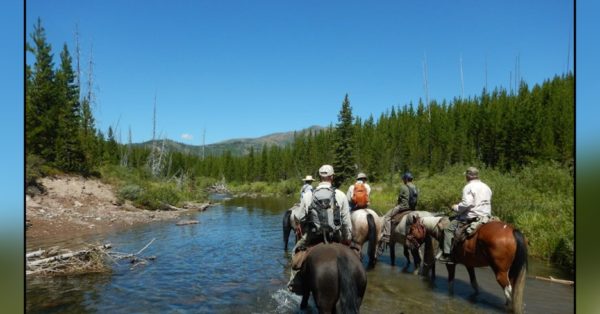
Blackfoot River Fund Update: Nevada Creek Stream Bank Restoration Helps Habitat and Montana Ranchers
Recently, the Big Blackfoot Chapter of Trout Unlimited has been using the Blackfoot River Fund to continue the restoration of the Nevada Creek stream banks.
In doing so, they’re helping local ranchers regain valuable land that had been overtaken by systemic erosion. The restoration also helps to support macroinvertebrates and trout spawning beds.
Once again, Ryen Neudecker of BBCTU, has given us a comprehensive look at the recent projects. You can read the update below:
Restoring Nevada Creek, Blackfoot River Watershed, Montana
Meet the Stitt Family. Wade, Diana and their family have been on their ranch since 1976 and run a cow-calf operation and raise hay. They irrigate out of Nevada Creek, a large tributary that feeds the middle Blackfoot River. Nevada Creek is important to many landowners in this area, not only for irrigation but to water livestock. It is one of the largest tributaries to the Blackfoot River, a world-renowned blue-ribbon trout stream made famous in Norman Maclean’s novel “A River Runs Through It”. Nevada Creek has a lot of potential to support a robust fishery, but sections of this stream suffer from high levels of sediment, nutrients and water temperatures.

The Stitt Family: Anna, Diana & Wade at their ranch near Helmville, Montana.
The Stitt’s rely on every inch of their ground to support their operation. While having a stream like Nevada Creek flowing through their ranch does have some significant benefits, it was also becoming a liability. Before they purchased the ranch, Nevada Creek had been straightened and moved to the edge of the valley to make room for new hay fields. The stream banks had been stripped of important willow communities with intricate root systems that held the entire system together and provided important shade and cover for the native westslope cutthroat trout hiding in deep pools. With the lack of a functional riparian area and the stream’s natural tendency to rebuild a meandering, sinuous pattern, Nevada Creek downcut and its waters began to chew away at its banks as the stream tried to reconnect with a floodplain. Over time the stream became wider, cutting into the adjacent fields and fine sediment began to deposit filling in pools and covering the gravels necessary to support macroinvertebrates and trout spawning beds. This systemic erosion was not only a deal breaker for native trout living in the stream, it also meant that every year the Stitt’s were losing ground. Literally. Enough dirt to fill over 250 dump trucks every year.
Our restoration team began working with the Stitt’s back in 2008 looking at developing a project plan that would restore Nevada Creek through their ranch, while ensuring their agriculture operation would continue to prosper. We knew we needed to recreate some of the historic meanders, restore the eroding banks with wood and willows to provide habitat and naturally “hold things together” and remove some of the old rock rip-rap that was impacting stream flows and streamside vegetation. We also needed to establish a connection with the floodplain to give the stream a chance to dissipate energy during high flow periods and deposit sediment on the banks to encourage new vegetation to become established.
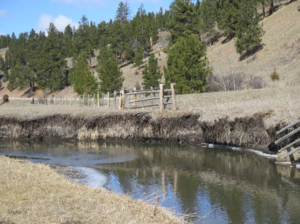
Examples of eroding banks along Nevada Creek
This work began in the fall in 2010 and to date, we have restored 8,100 feet –almost two miles, of Nevada Creek on the Stitt Ranch. Those there during construction would have met Ty Smith, owner of TNT Excavating, a small company out of Ovando, MT and hydrologist John Muhlfeld with River Design Group out of Whitefish, MT specializing in restoring streams and installing fish screens in irrigation diversions so trout remain instream when irrigating. They would have watched two hydraulic excavators, two tracked dump trucks and a skidsteer moving dirt, sod and wood and transforming the stream before your eyes. They also would have seen over 50 school kids collecting willows used to replant along the stream banks. We believe in supporting small businesses and getting the next generation of conservationists out and INSPIRED to keep this work going.
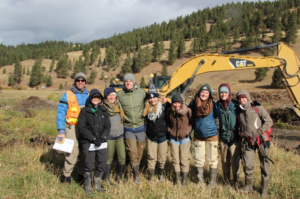
Local students during a site visit to Nevada Creek helping collect willows
We’ve completed the work in stages over the last eight years and last spring, while flows were really ripping, we’ll admit to holding our collective breaths. But then the flood receded and we were able to take our first tour of the newly restored stream and you could hear the exhale! The project held up really well and the stream did just what we wanted. Flood flows were out on the floodplain just as the design had envisioned. Then, through our partnership with Logjam Presents, we were able to plant several hundred cottonwood trees and do a fall seeding of native grasses this past October.
If you walk out to the Stitt’s meadow today you’ll see Nevada Creek meandering once again, but gone are the high banks raw with black dirt. Those have been replaced with sedges and rushes, thousands of willows collected from motivated volunteers and layers of slash buried in the banks from nearby logging operations. This project is a game changer for trout populations. Monitoring data has shown a dramatic increase from an average of 42 trout per 1,000 feet pre-project to close to 140 trout per 1,000 feet post-project.
This project, like others in the valley, demonstrates that agriculture operations can coexist with native trout habitat. In addition to a vibrant riparian area and a thriving fishery, you’ll also see cows grazing, a newly constructed riparian fence, water gaps for livestock watering, and in the summer, Wade cutting hay in his swather. The success of this project has allowed us to continue our collective efforts to restore Nevada Creek with other downstream landowners, and this July we will begin work on phase three that involves restoration an additional two-miles of stream channel.
The funding was a combination of several sources as is typical on all our restoration projects and included: private landowner contributions, USFWS Partners for Fish & Wildlife Program, Montana Fish, Wildlife and Parks, Department of Environmental Quality 319 Program, National Fish and Wildlife Foundation Bring Back the Natives Program, Montana Trout Unlimited, Blackfoot Challenge, Blackfoot River Fund-Logjam Presents and dozens of private donations to the Big Blackfoot Chapter of Trout Unlimited.
— Written by Ryen Neudecker
Section of Nevada Creek before fall of 2018
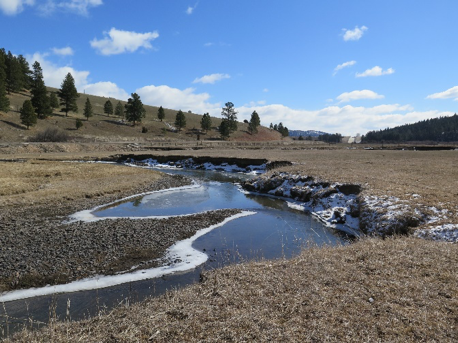
Section of Nevada Creek after fall of 2018
